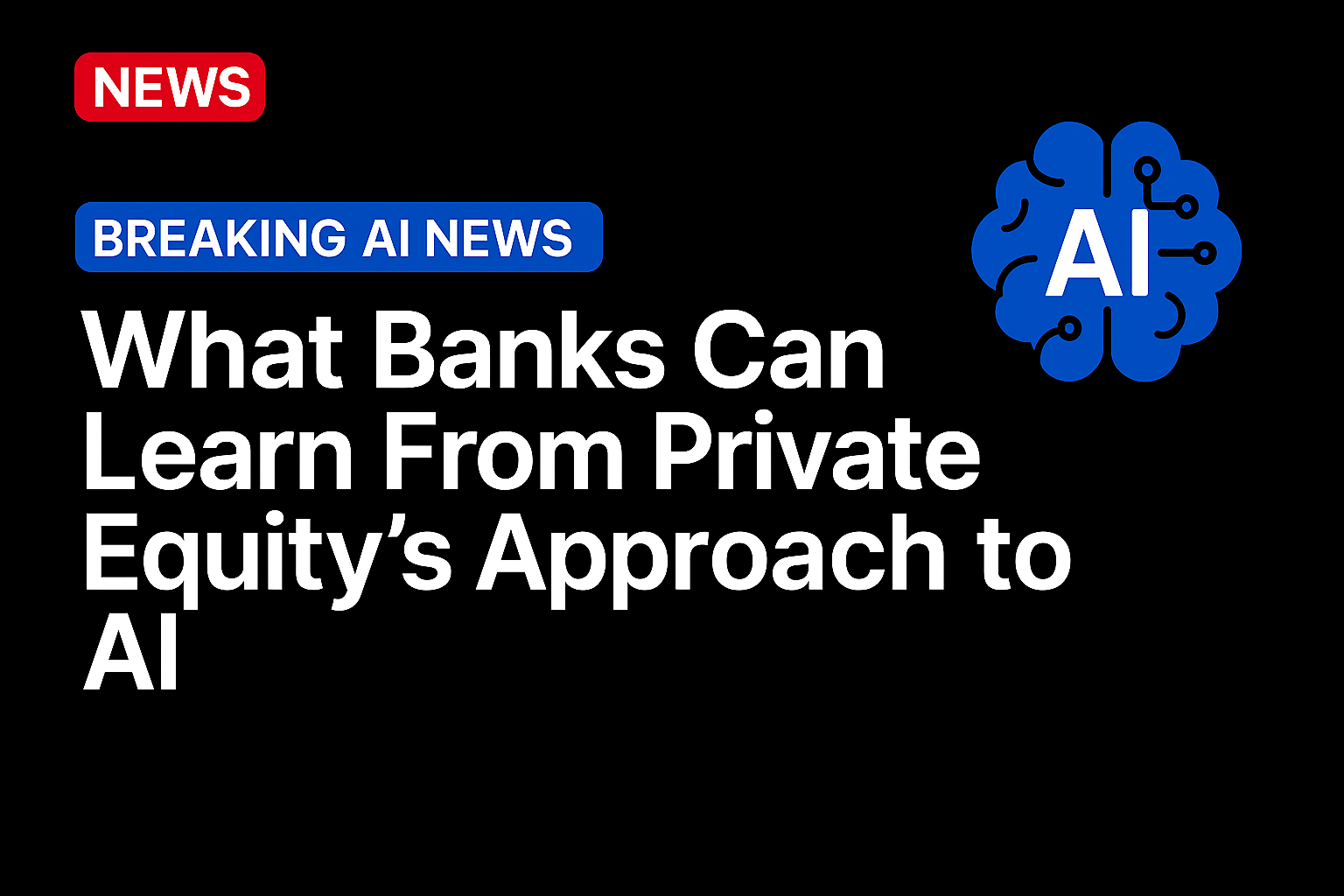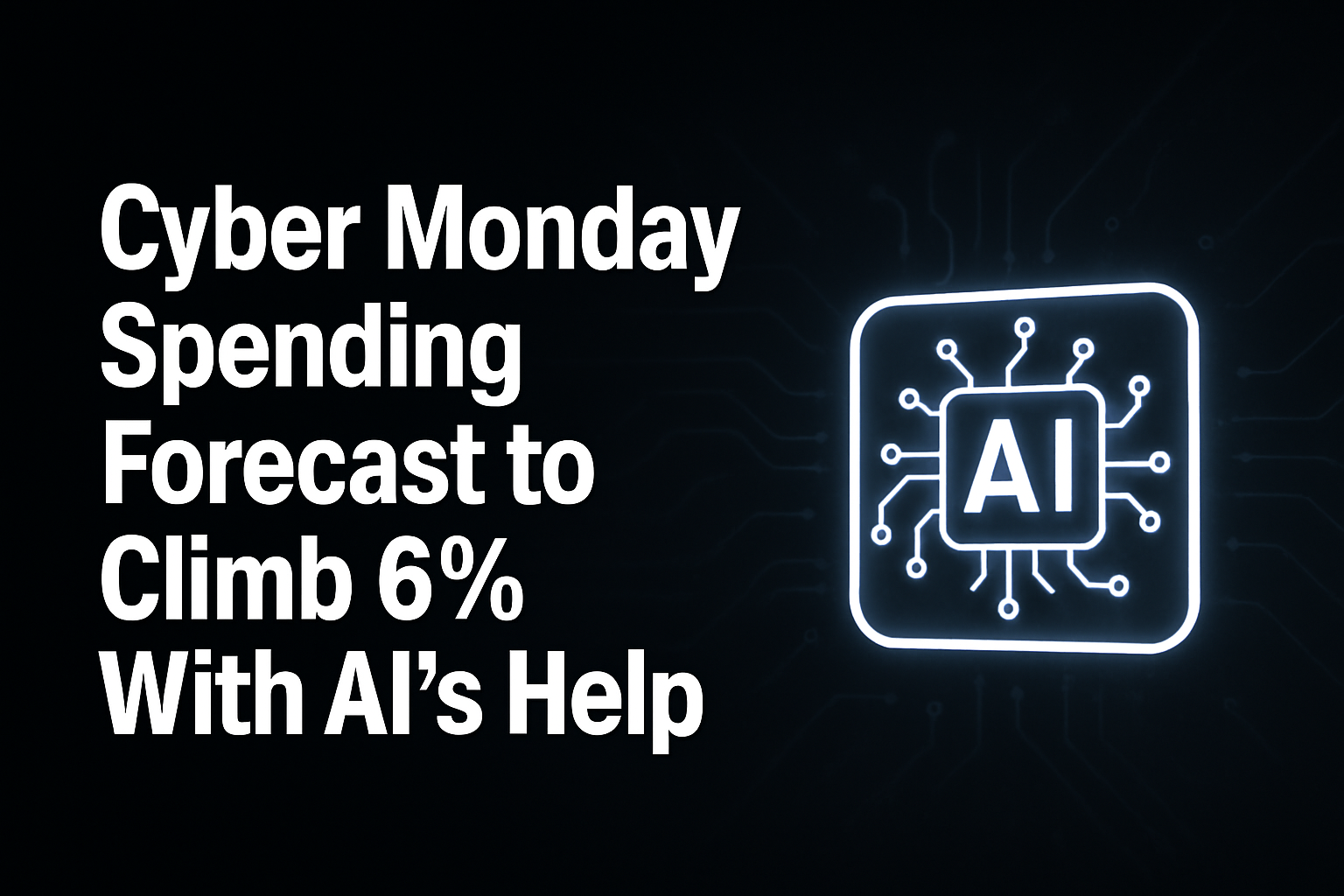
As banks and financial institutions push to justify the billions invested in artificial intelligence (AI), one question defines the conversation: Where does AI create value?
To answer that, Thomas H. Davenport looked beyond technology companies to the investors who treat efficiency as currency, private equity. In a new analysis published by MIT Sloan Management Review, Davenport says, “One important sign that AI has the potential to create value is the willingness of private equity firms to build AI capabilities into portfolio companies.” Along with his co-author Randy Bean, Davenport presents that private equity might be offering the clearest evidence of how AI delivers measurable returns.
He points to Apollo Global Management as an example. The firm, he writes, “significantly boosted its focus on digital transformation, analytics, and AI when it built up its portfolio operations team.” Apollo “identified value pools, areas and capabilities that could employ digital technologies to improve performance and increase value.” The broader point, Davenport notes, is that private equity treats AI like capital expenditure, an investment that must produce a return, not a technology experiment.
That same model is now shaping how banks and payment networks approach AI adoption. JPMorgan said its internal AI platforms generated about $1.5 billion in efficiency and risk-management gains this year while helping attract new clients during volatile markets. Mastercard credits its AI-driven fraud and analytics platforms for a 23% jump in value-added-services revenue, its fastest-growing segment. Its $2.65 billion acquisition of Recorded Future expanded predictive threat and data-intelligence capabilities across its network.
In each case, AI is no longer being tested in isolation. It is being built directly into how institutions make money. Davenport’s argument that AI delivers value “when it operates in the flow of business, not outside it” captures how these firms are weaving intelligence through credit, risk and payments infrastructure.
Analytics Need to Be Monitored
Measuring impact is not enough. Decision-makers need continuous visibility into performance. That is where Vibe Analytics comes in. As MIT researcher Michael Schrage explains, traditional analytics answer “what happened” or “why did it happen,” while Vibe Analytics asks, “What insights emerge if we explore together?” It creates a live dialogue between managers and data, replacing static reports with interactive questions and responses.
In financial services, that approach is already taking shape. PYMNTS reports that treasury and trade-finance teams are testing conversational copilots that allow executives to ask, “Which clients are driving settlement risk today?” or “What caused this morning’s authorization spike?” These tools convert analytics into conversation, compressing review cycles from days to minutes. They are also informing intraday liquidity, fraud mitigation, and pricing adjustments, effectively turning data into a real-time management instrument.
Davenport and Bean highlight Michelin as proof that this approach works. The company’s AI systems deliver more than €50 million in ROI per year and continue to grow nearly 40% annually because they are tied directly to measurable business outcomes.
Private equity showed that AI produces returns only when its economics are explicit. According to PYMNTS, only 26.7% of CFOs now plan to raise generative AI budgets in 2026, down from 53.3% a year earlier. The shift reflects a broader turn toward measurable outcomes over experimentation.
Source: https://www.pymnts.com/




